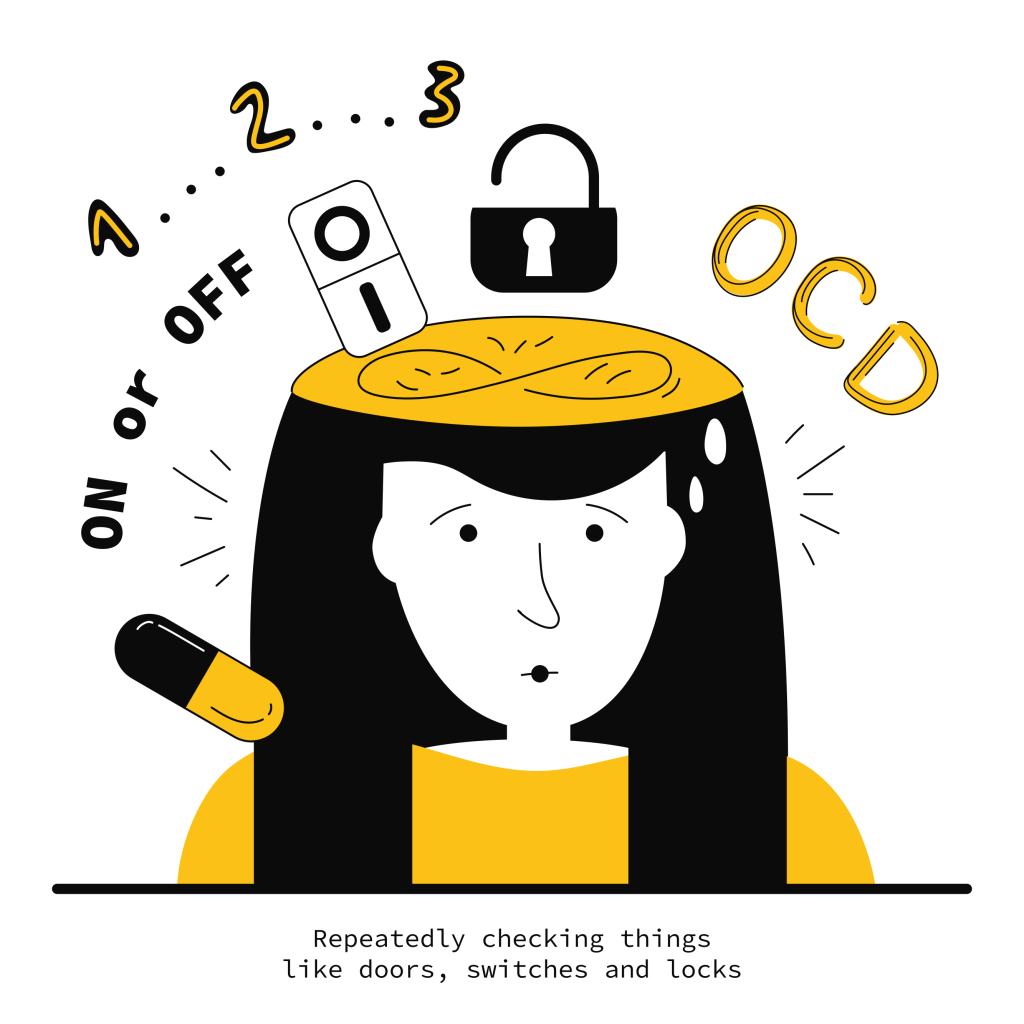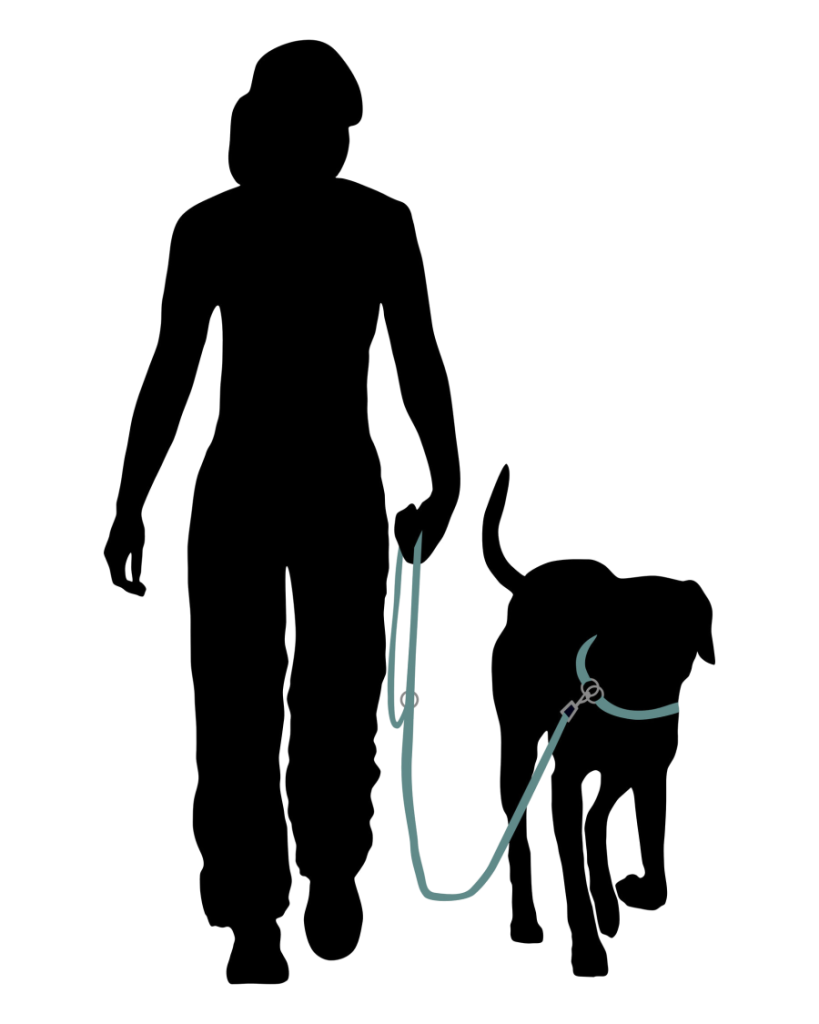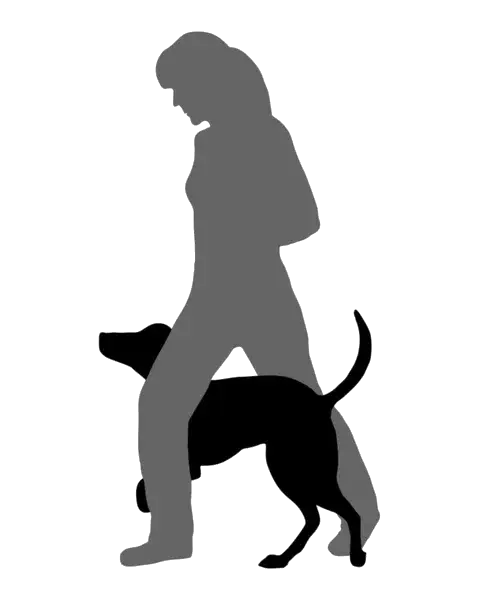Therapy for Obsessive Compulsive Disorder (OCD) at InPsyche Journeys
What is Obsessive Compulsive Disorder (OCD)?

Individuals with Obsessive Compulsive Disorder (OCD) often experience distressing thoughts and/or images which repeatedly pop into their minds (“Obsessions”, or intrusive thoughts/images). These thoughts/images leave individuals with an intense sense of discomfort and difficult feelings (e.g. anxiety, fear, disgust, and guilt). In response, these individuals experience an urge to get rid of these thoughts/images through various ways in order to alleviate these feelings (“Compulsions”).
OCD is a common mental health condition which can affect children, adolescents and adults. About one in 28 people in Singapore has been found to have OCD in their lifetime, based on the Singapore Mental Health Study (2016).
Individuals with OCD commonly experience other mental conditions at the same time. These conditions include mood-related conditions (e.g. depression, bipolar disorder, anxiety), and other conditions (e.g. past traumatising events).
Every individual’s story behind OCD is different. Seeking therapy for OCD can help you better understand what’s contributing to the OCD and how it is impacting your life. At the same time, therapy can also work with you to develop strategies to address the obsessions and compulsions, and to work towards your desired life with a healthier control over OCD.
Common Characteristics of OCD
| Obsessions |
|---|
|
Intrusive thoughts and images vary. Some common themes underlying obsessive thoughts and images associated with:
|
| Compulsions |
|---|
|
Compulsions can take the form of:
|
Working with OCD: Therapy Approaches I Draw From
The essence behind OCD therapy is to guide clients to allow themselves to come into contact with the distressing intrusive thoughts, images, emotions and any associated sources (e.g. objects, places) and to experience them (“Exposure”), instead of giving in to the urge to engage in compulsions (“Response Prevention”). Hence the idea of Exposure and Response Prevention (ERP).
In that way, affected individuals are training their minds, brains and body to know that it is ok to experience the discomfort arising from the distressing intrusive thoughts/images, emotions and bodily sensations – without having to be controlled by them and engage in compulsive behaviours to get rid of the distress.
Instead, clients learn that they can gain healthy control over OCD. It is a little like having a healthy control over the loose leash while walking a dog, or holding on to the leashes of many excited dogs at the same time (without fighting the dogs). Perhaps being able to stand tall over the dog is another way to experience the healthy control over OCD.



Common approaches that I draw from to facilitate Exposure and Response Prevention are:
Cognitive Behaviour Therapy (CBT)
The idea behind CBT is, people’s thoughts and emotions influence their behaviours. I tap on CBT to highlight the relationship between client’s intrusive thoughts and emotions, with the compulsions they carry out, and how ERP can serve to break the link between the thoughts/emotions and compulsions.
Mindfulness-based interventions
Mindfulness refers to an approach where:
a) People are guided to strengthen the skills that help increase awareness of their external surroundings as well as inner processes (thoughts, emotions, bodily sensations)
b) Learn to allow these experieces to come through, and to become more comfortable with and have healthier control over any discomfort that arises, and
c) Eventually have more headspace to make appropriate choices (e.g. what behaviours to do or not)
In my work with clients with OCD, I draw on Mindfulness-based activities to help clients learn to become more aware of the intrusive thoughts/images and associated emotions, and to allow these to come through, instead of reacting to them and the urge to fight them through compulsions, reassurance-seeking or avoidance behaviours.
Expressive Therapy Approach - Sandplay & Symbol Work
Clients often experience intrusive thoughts, and the emotions as well as bodily sensations as invisible, shapeless things that pop in and lurk around within their minds and bodies. These experiences can feel strange and scary, which can contribute to a sense of isolation, and affect their overall emotional well-being if left unaddressed.
I draw on Sandplay & Symbol work, to provide clients with a non-threatening platform to:
a) Increase awareness of the intrusive thoughts, emotions and bodily sensations.
b) Represent the thoughts, emotions, and bodily sensations using Symbols (i.e. drawn/created by clients, or using miniature figurines).
This can help clients to experience these inner processes as something that have a shape / form that are outside, which can make it a little easier to talk more about and for interventions to be developed.
Other Relevant Approaches
Clients are individuals and their stories behind OCD are unique. Taking a person-centred and practice-based evidence approach, I look out for other issues that are contributing to the OCD and to develop other interventions accordingly with each client.
How Is My Approach to Working with OCD Different?
Contrary to the harsh, “just do it” – and sometimes scary connotations associated with ERP, I incorporate elements of fun, pace, and pace that is cued by the clients, through the use of Mindfulness and Sandplay/Symbol Work approaches. I hope to show that “just do it” can be done in ways that allow space and time for clients to have a closer look at the intrusive thoughts, emotions and bodily sensations, re-work clients’ relationship with these entities, in a well-paced manner and working out the gradual steps of ERP based on clients’ sense of control.